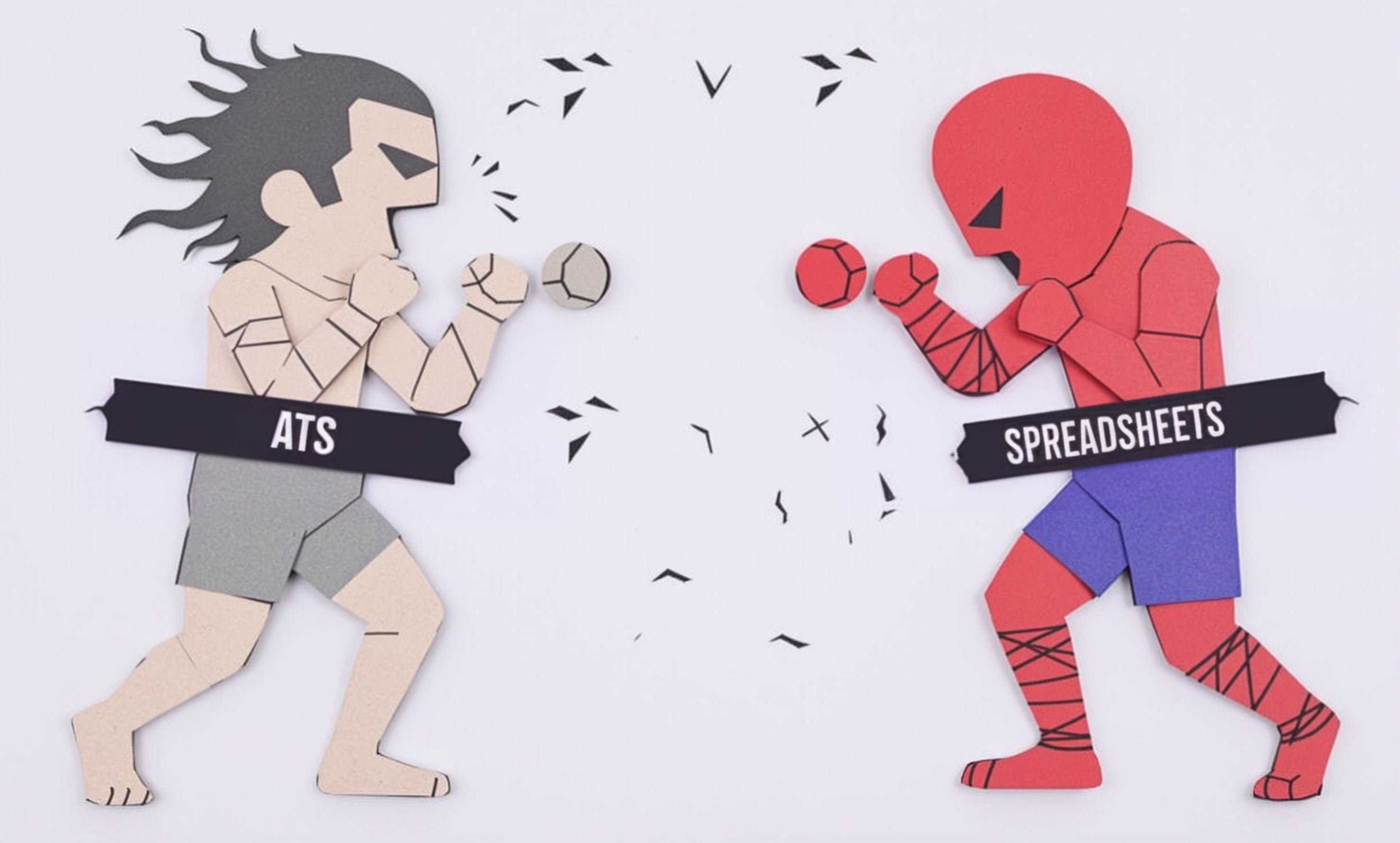
CRM Database
A CRM Database (Customer Relationship Management Database) is a tool that nonprofit organizations use to keep track of their donors, volunteers, members, and supporters. Think of it like a super-powered address book that not only stores contact information but also tracks every interaction, donation history, event attendance, and communication preferences. Popular nonprofit CRM systems include Salesforce Nonprofit Success Pack, Raiser's Edge, and DonorPerfect. This system helps organizations build stronger relationships with their supporters and make their fundraising efforts more effective.
Examples in Resumes
Managed a CRM Database of over 10,000 donors and implemented automated thank-you processes
Increased donor retention by 25% through strategic use of Donor Database analytics and reporting
Coordinated volunteer activities using Constituent Database tracking and communication tools
Typical job title: "Database Managers"
Also try searching for:
Where to Find Database Managers
Professional Associations
Online Communities
Job Boards
Example Interview Questions
Senior Level Questions
Q: How would you develop a strategy to clean and maintain data quality in a large donor database?
Expected Answer: A strong answer should discuss creating data entry standards, regular auditing processes, training staff on proper data entry, and implementing automation to reduce errors. They should also mention experience with data deduplication and enrichment tools.
Q: How have you used CRM data to improve fundraising outcomes?
Expected Answer: Look for examples of using donor data to segment communications, identify major gift prospects, analyze giving patterns, and create targeted fundraising campaigns. They should demonstrate how they've used data to make strategic decisions.
Mid Level Questions
Q: What reports do you typically create from a CRM database and for whom?
Expected Answer: Should mention creating donation summaries, donor retention reports, campaign effectiveness reports, and custom reports for different departments. Should understand how to present data to different audiences - board members, development staff, and program managers.
Q: How do you handle sensitive donor information and maintain database security?
Expected Answer: Should discuss confidentiality policies, user access levels, data backup procedures, and compliance with privacy regulations. Should demonstrate awareness of best practices for protecting donor information.
Junior Level Questions
Q: What's your process for entering new donor information into a CRM?
Expected Answer: Should describe checking for duplicates, following data entry standards, verifying information accuracy, and basic donor record management. Should understand the importance of complete and accurate data entry.
Q: How do you track different types of donations in a CRM system?
Expected Answer: Should be able to explain basic gift entry, including different donation types (cash, in-kind, recurring), recording payment methods, and generating acknowledgment letters.
Experience Level Indicators
Junior (0-2 years)
- Basic donor data entry and maintenance
- Running standard reports
- Generating thank-you letters
- Basic donor research
Mid (2-5 years)
- Custom report creation
- Data cleaning and maintenance
- Training staff on CRM usage
- Campaign tracking and analysis
Senior (5+ years)
- Database strategy development
- Complex data analysis
- System implementation and integration
- Department leadership
Red Flags to Watch For
- No experience with nonprofit fundraising or donor relations
- Lack of attention to detail in data entry
- No knowledge of data privacy regulations
- Unable to explain basic donor stewardship concepts
- No experience generating reports or analyzing data
Related Terms
Need more hiring wisdom? Check these out...

7 Ways to Maximize Your Candidate Database ROI

A Beginner's Guide to Implementing an Applicant Tracking System

Building an Unshakable ATS Data Governance Framework: A Guide to Protecting Your Recruitment Goldmine

